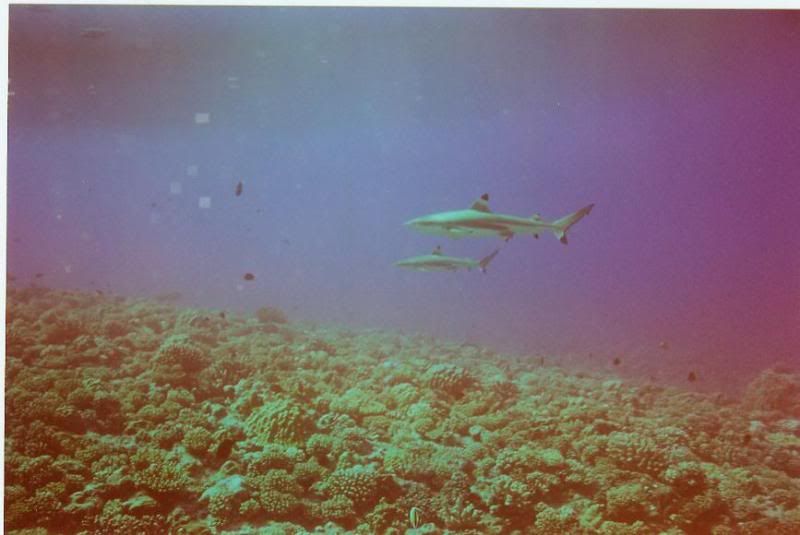Paul B
Premium Member
I did but I collected the sponges myselfDo you guys that have had an MI for 4 years ever feed him any sponges??
I did but I collected the sponges myselfDo you guys that have had an MI for 4 years ever feed him any sponges??
Did you feed him the entire sponge?
I collect the sponge and freeze it, the cold water sponge I collect does not live in a tropical tank even for a few hours. I feed the entire thing and he would eat about a tablespoon at a time but I gave him less than that with clams and worms. They can and do live without sponge but in the 5 or 6 times I dove with them, that is the only thing I ever saw them eat although they will eat anything, even cardboard if you put clam juice on it. I also gave him banannas which he loved. After I freeze the banannas, it has the same consistancy as aponge.
I don't know either but I think it has something to do with the way they eat in the sea. All of them that I followed were mated pairs and the male would go first and find the food, which was always a lime green, sticky sponge. The female was 50 or so yards behind and I don't know how she found him but when she got there, the male would leave and look for more sponge. There seemed to only be one pair on a large area of reef.I have no idea why so many Idols refuse to eat; but I suspect its something a lot more complicated than just a lack of sponge.


Do you guys that have had an MI for 4 years ever feed him any sponges??
A moorish Idol is not a difficult fish, it is an impossable fish. I can say that because not one has lived in a hobbiests tank for it's normal lifespan which for a fish of that size should be close to 20 years as practically all other fish of that size live.
I know we all think it is a home run because we can keep them 4 or 5 years but that is a mistake and a horrible lifespan for this animal. Practically all the fish I keep live much longer than that and a moorish Idol is not rare, they import thousands of them.
Hopefully in the very near future we learn their secrets because with this fish, it is just not working.
The two I lost to Katrina had about 10 years in my tank. The 2 I have now have been with me for 6+ years. All thriving.
